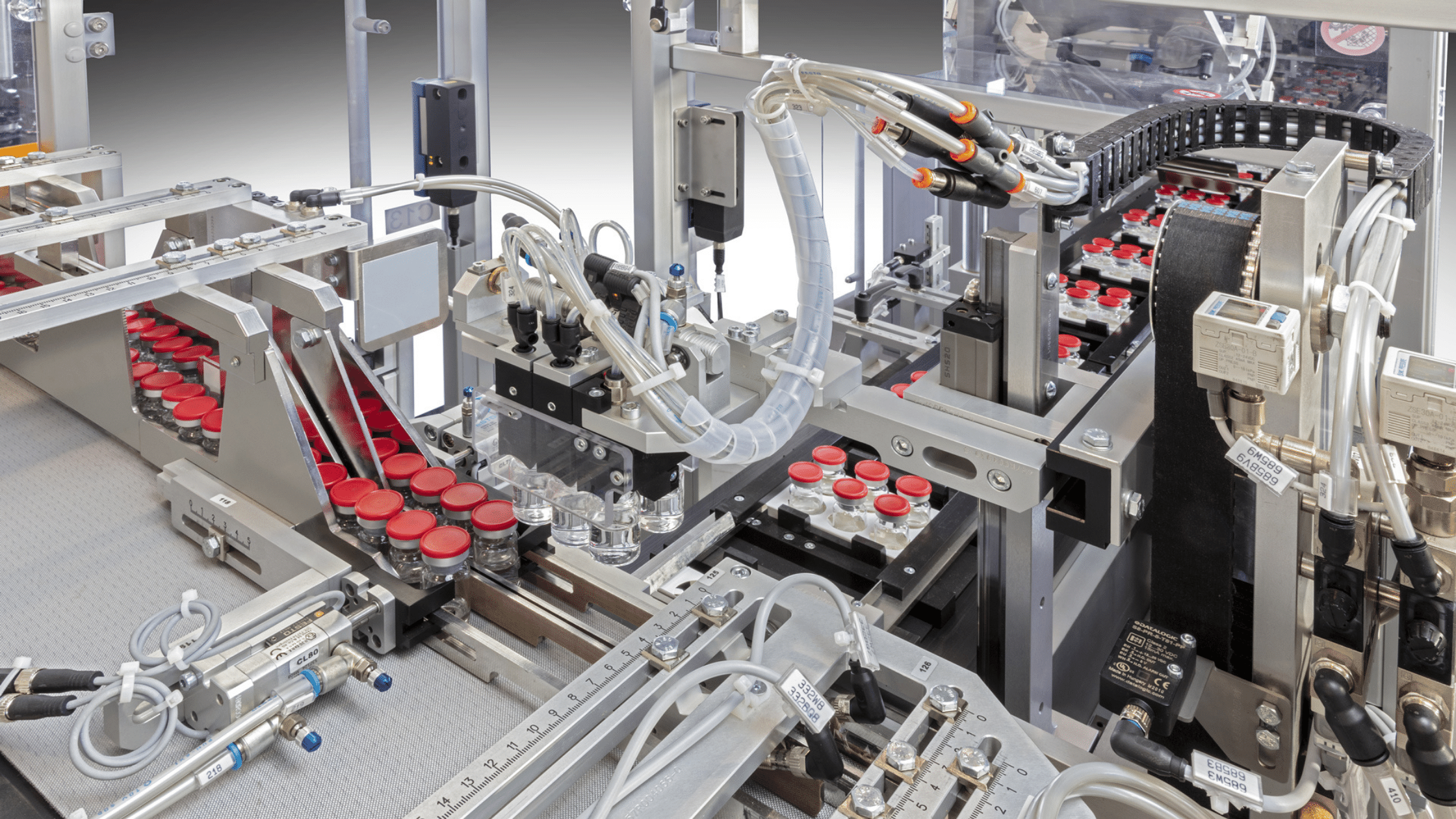Automating the packing element of manufacturing is a step that benefits the entire production process, including improvements in speed, quality control and uptime.
The three levels of packaging
Packaging can be primary, secondary or tertiary – and processes for packing items into all of these can be automated.
- Primary packaging is in direct contact with the product, with an aim to store and protect it, plus provide information to the consumer. This is what is purchased by the user.
- Secondary packaging is used to transport products in primary packaging, with an aim to protect it. There can be an overlap with primary packaging, for example a twelve-pack of drinks cans.
- Tertiary packaging is used to protect secondary packaging during transportation, and is not typically seen by the end user. It can include the pallets that boxes are placed on and the cardboard that separates layers.
Which step is best for packing automation?
A manufacturer will know their process well, and they’ll know where in the process they have sticking points or quality control issues. There is no one-size-fits-all answer, but the most common step to automate first is primary packaging.
By automating any layer of packaging, there are similar benefits:
- increased efficiency
- increased productivity
- increased hygiene
- improved quality control
- improved consistency
- increased flexibility
- reduced labour costs
- elimination of downtime
- elimination of errors
- improved health and safety with reduced risk of repetitive strain injury
- increased competitiveness
Automating primary packaging
With the industries we primarily work with – pharmaceutical, food and beverage and cosmetics, it’s a huge quality concern if the products are manually handled, and great care has to be taken to avoid contaminating product. There’s a couple of steps within this to consider:
1. Automated feeding
This is actually the step before packing, where the machine readies the product, automatically feeding it to the packing machine ready to be loaded.
2. Automated loading
The product is loaded into primary packaging. This could be tablets into blister packs, beverages into bottles, or powder into sachets. This is the stage where the product can be sorted, oriented, positioned, weighed and inserted into the packaging.
Just one step of the production line
By purchasing equipment from a quality manufacturer, you ensure that your machinery does the exact job you need it to do, and can also function with any other automated steps in the production line. Packing automation can be integrated with other machinery, both before and after this stage of production, to further automate your process.
End-to-end production lines can be implemented in one go, or in a modular fashion.
The experts in packing automation
Pharma Machinery offers a huge range of packing automation. To find out more, just get in touch and we’ll talk you through your options.


